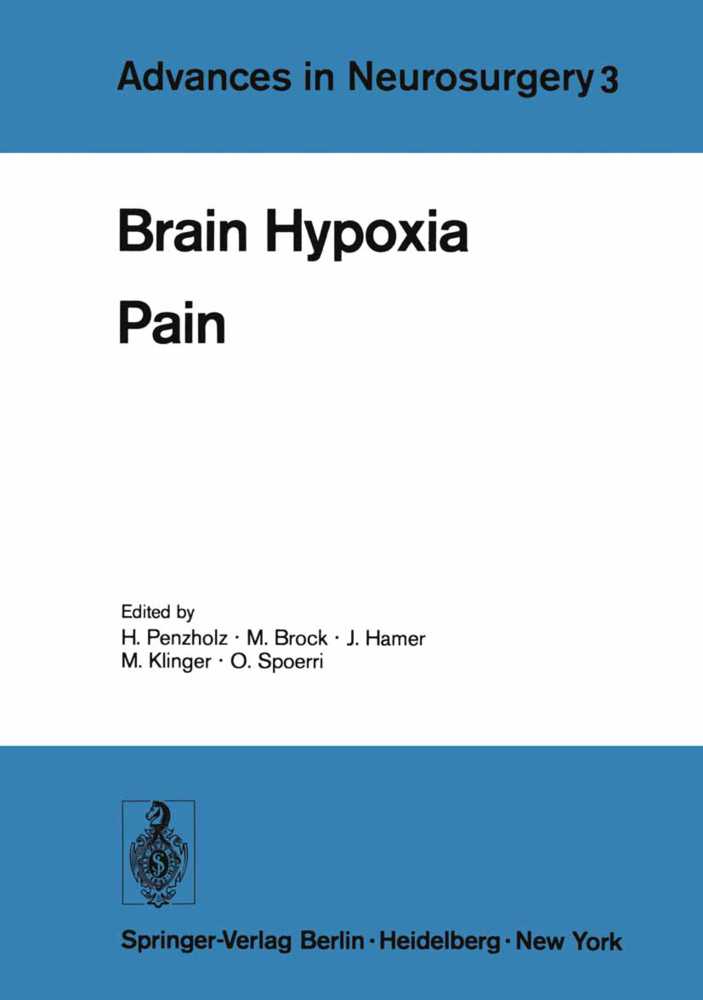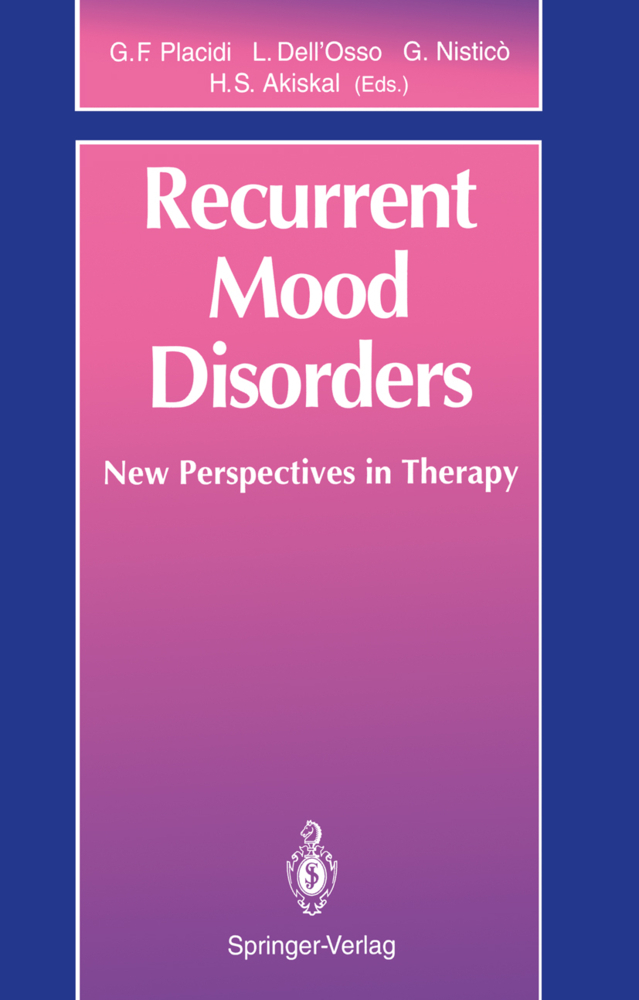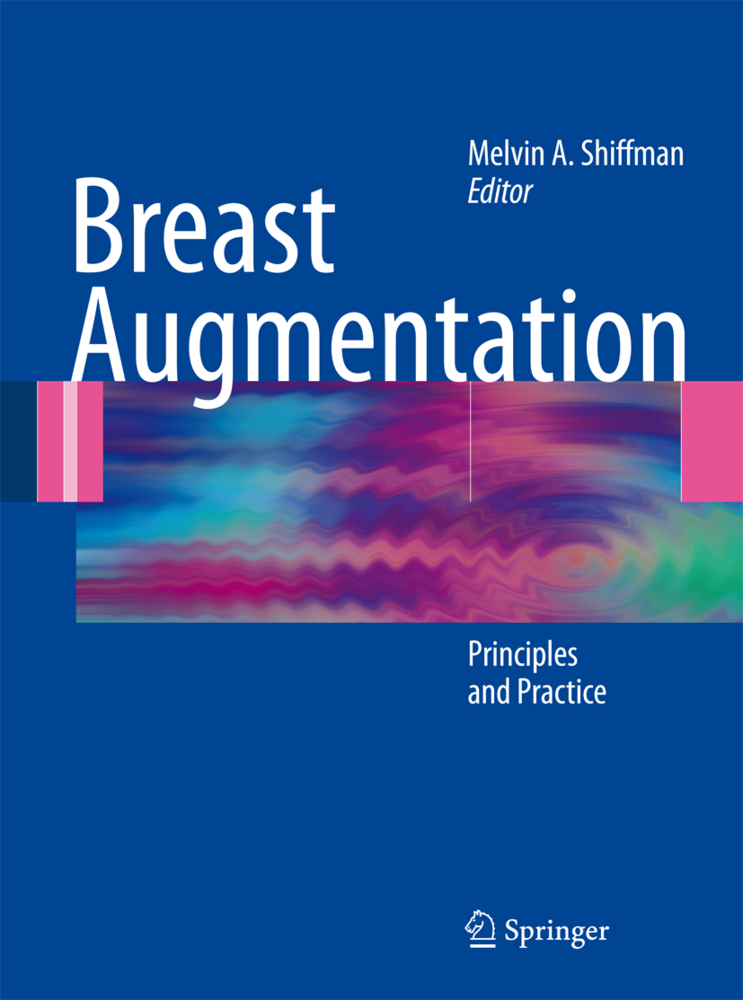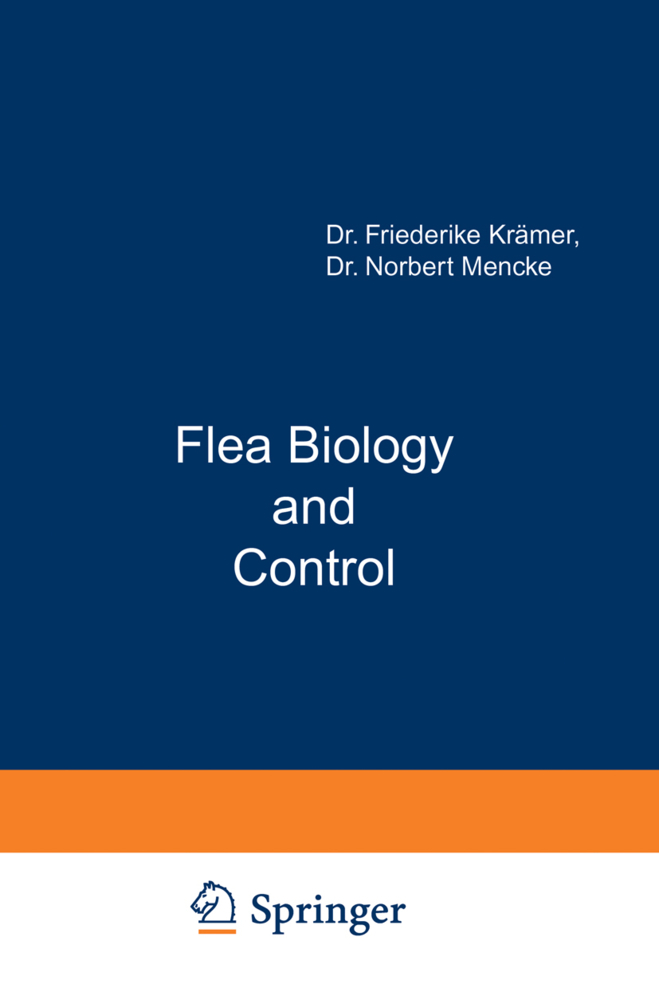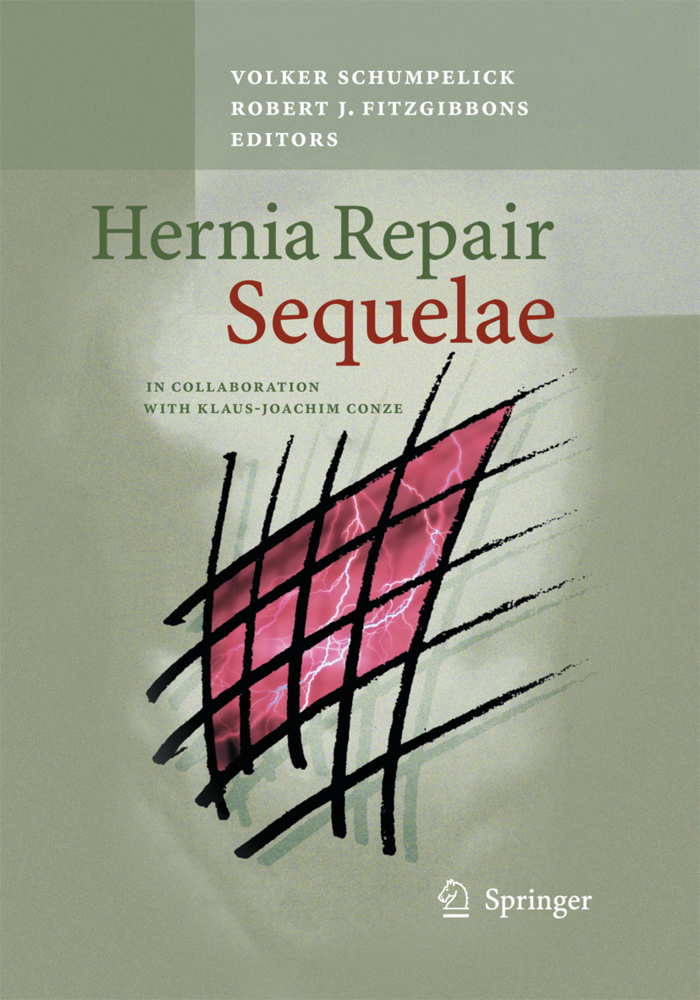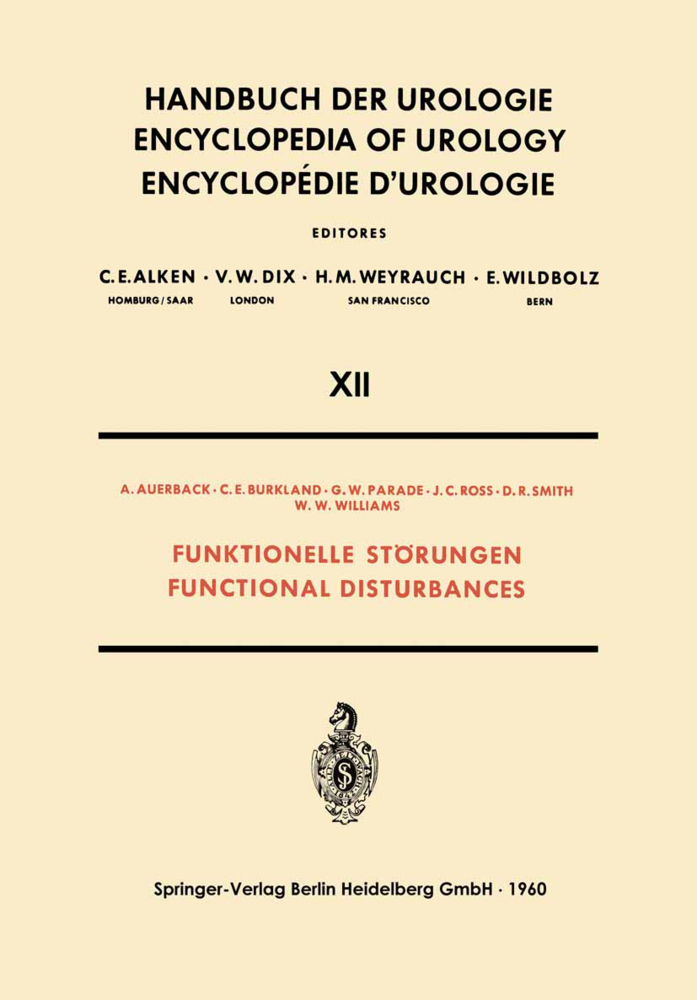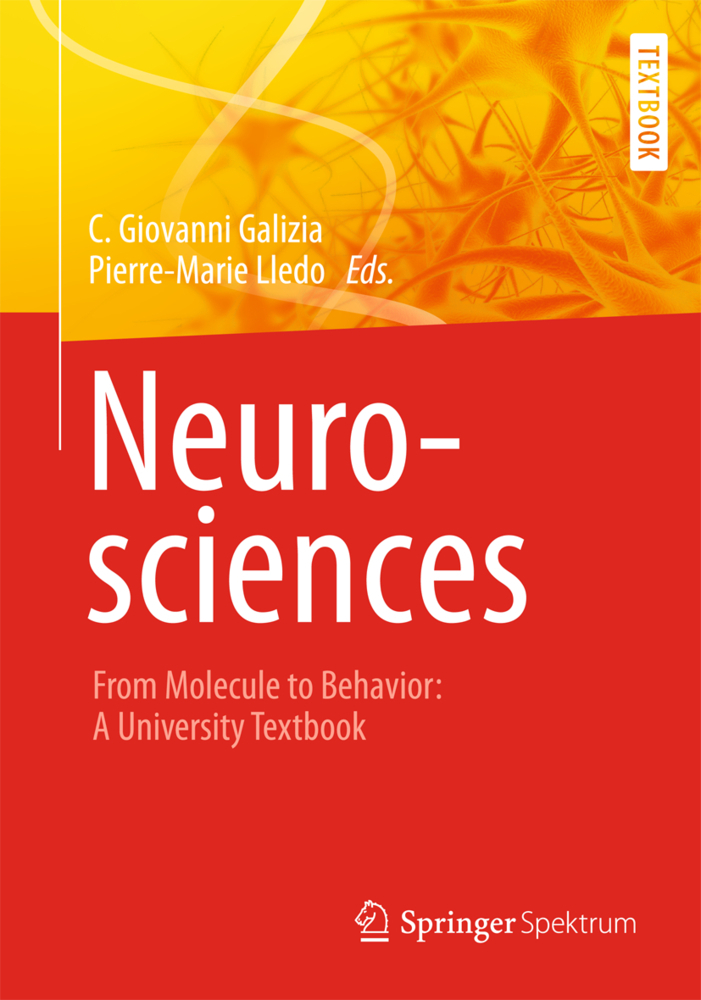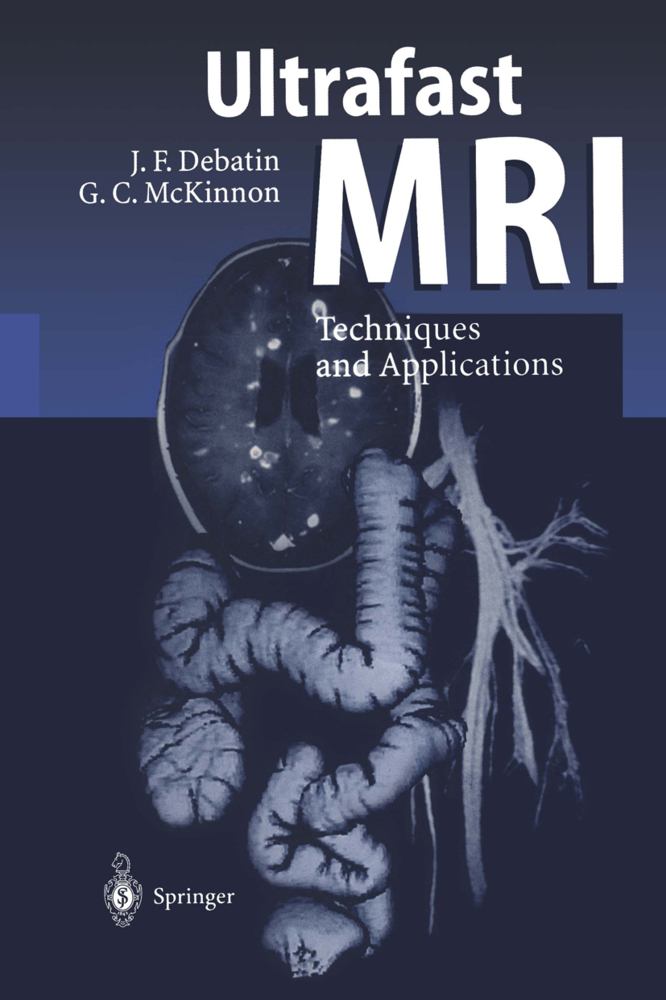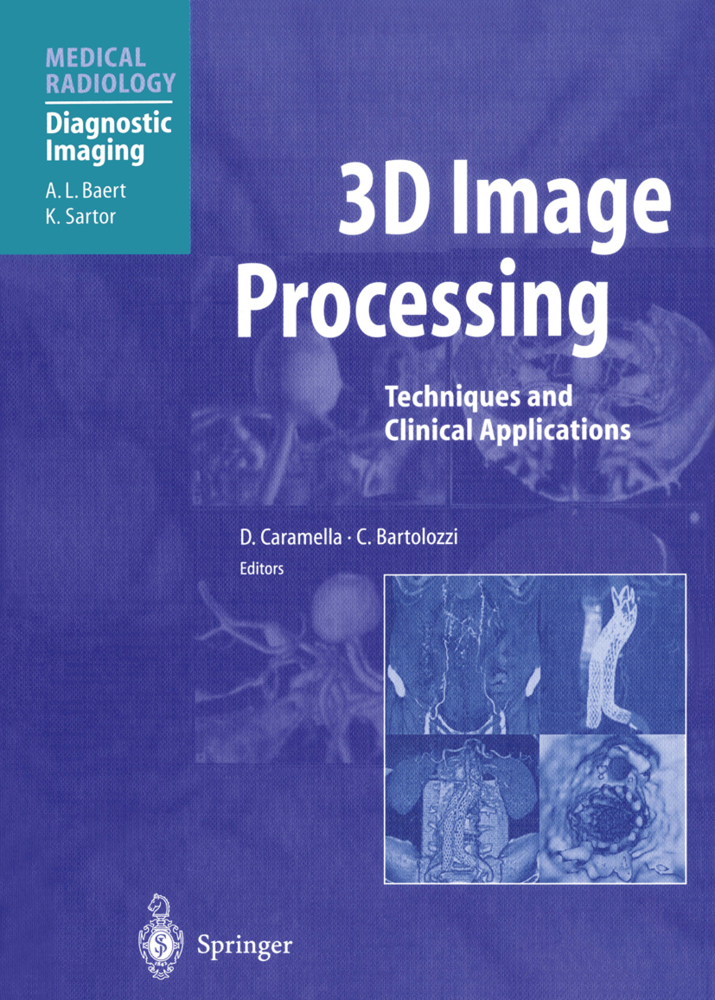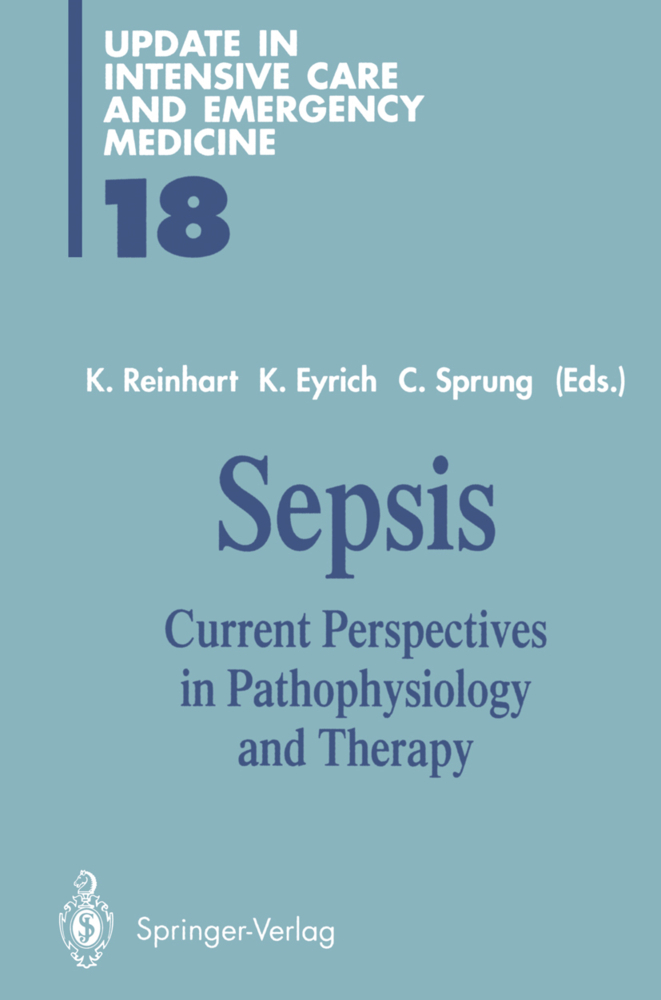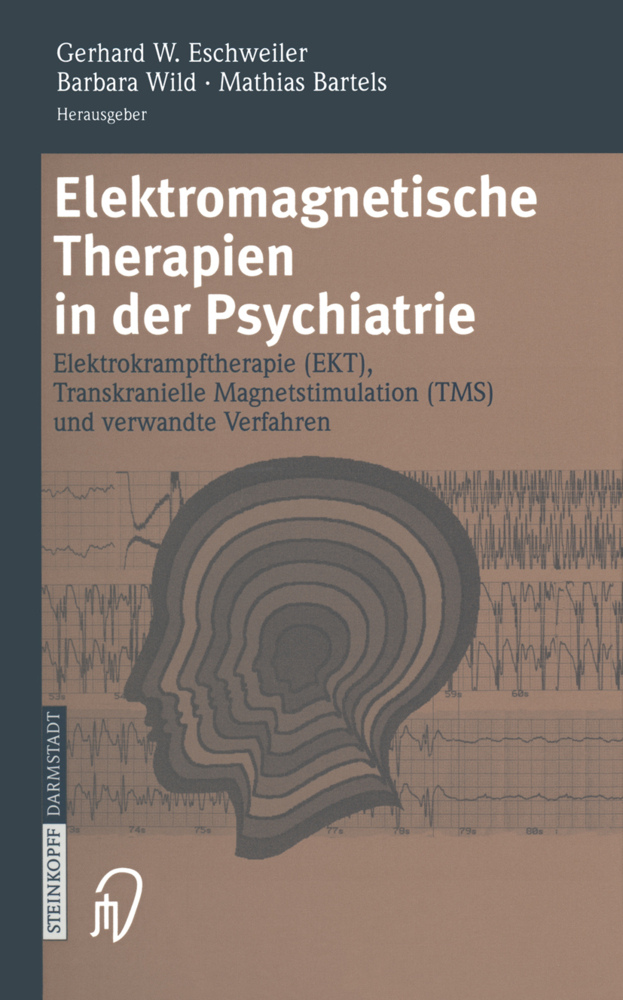Brain Hypoxia
Pain
Brain Hypoxia
Pain
This volume contains the papers presented at the 26th Annual Meeting of the Deutsche Gesellschaft fUr Neurochirurgie, held in Heidelberg, Western Germany, on May 1-3,1975. Since at recent meetings of the German Neurosurgical Society central pathophysiological problems such as "central dysregulation" and "brain edema" had been discussed extensively, it seemed appropriate to choose another major area of cerebral patho physiology for the meeting in Heidelberg. CEREBRAL HYPOXIA is, as LANGFITT once emphasized, "the final common denominator" of various cerebral lesions with which the neurosurgeon is confronted every day. Raised intracranial pressure, respiratory disorders and disturbances in systemic arterial blood pressure, etc. may lead, if not treated, to a focal or global lack of oxygen in the brain tissue. Anoxia finally results in cell death and thus in irreversible cerebral damage or even death. Main interest has therefore been focussed on disturbances in cerebral perfusion pressure ("ischemic hypoxia") and in arterial oxygenation ("hypoxic hypoxia"). The importance of cerebral autoregulatory mechanisms protecting the brain against tissue hypoxia, of patho morphological alterations of the cerebral vessels (e. g. the "no-reflow-phenomenon") in the course of severe hypoxia, and of changes in brain metabolism have been discussed on a large scale. The organizing committee was particularly happy to have obtained internationally well-known scientists who presented their work in the field of cerebral hypoxia.
Effects of Different Hemodynamic Condititions on Brain Capillaries: Alveolar Hypoxia, Hypovolemic Hypotension, and Oubain Edema
Pathophysiological Aspects of Cerebral Hypoxia
Activation of a Cortical Seizure Focus Under Hypoxia: O2-Deficiency Effect or Result of Tissue Acidosis?
Cerebral Oxygen Consumption in Profound Arterial Hypoxemia and Hypocapnia
Development and Time Course of Blood Brain Barrier Disturbances Caused by Hypoxia
The Influence of Ventricular Perfusion on Normal Brain
Biochemical Aspects of Cerebral Hypoxia
Cerebral Metabolic Rates as Determinants of Hypoxic Survival of Adult Mice
The Arterio-Venous Lactate and Pyruvate Difference of the Injured Human Brain and Reactions During Different Inspiratory Oxygen Pressures
CSF-Electrolytes in Two Different Types of Metabolic Brain Edema
The Clinical Significance of CSF Acid-Base Determination
Clinical Aspects of Cerebral Hypoxia
Restitution of Vasomotor Autoregulation by Hypocapnia in Brain Tumors
Cerebral Metabolic Behaviour in Relation to Oxygen in Comas During the Acute Neurosurgical Phase
Influence of CSF-Resorption Pathways on Intracranial Capacitance
Five Year Follow-Up of 65 Patients Treated With Extra-Intracranial Arterial Bypass for Cerebral Ischemia
The Response of Human Cerebral Blood Flow to Anaesthesia With Thiopentone, Methohexitone, Propanidid, Ketamine, and Etomidate
The Value of Routine Respirator Treatment in Severe Brain Trauma
Pain
Central Interactions of the Systems of Rapidly and Slowly Conducted Pain
Open Spinal Surgery for (Intractable) Pain
Anterolateral Cordotomy in Cases of Phantom Limb Pain
Results After Open Cordotomy
Percutaneous Cordotomy
Pain Treatment of Advanced Malignant Diseases by High Cervical Percutaneous Cordotomy
Experience With Percutaneous Cordotomy
Potentials and Limits of Percutaneous Cervical Cordotomy
Neurophysiological Models for Nociception, Pain, and Pain Therapy
Electrical Stimulation of the Spinal Cord for the Relief of Pain
Control of Pain by Electrical Stimulation: A Clinical Follow-Up Review
The Clinical Value of Dorsal Column Stimulation (DCS)
Central Stereotactic Interventions for Intractable Pain
Long-Term Results of Central Stereotactic Interventions for Pain
Intermittent Thalamic Stimulation in the Management of Intractable Pain
Results of Stereotaxic Operations in Patients With Intractable Pain
Cerebral Stereotaxic Operations for Pain
Intrathecal Application of Phenol in the Treatment of Intractable Pain
Place of Hypophysectomy in the Neurosurgical Treatment of Pain
Percutaneous Differential Thermal Trigeminal Rhizotomy for the Management of Facial Pain
Results of Percutaneous Controlled Thermocoagulation of the Gasserian Ganglion in 300 Cases of Trigeminal Pain
Thermorhizotomy in Trigeminal Neuralgia: Preliminary Considerations on 46 Cases
Controlled and Partial Percutaneous Electrocoagulation of the Gasserian Ganglion in Facial Pain
Remarks on the Techniques of Electrocoagulation of the Gasserian Ganglion for Trigeminal Neuralgia. Experience With More than 900 Operations Performed in over 600 Patients from 1952 to 1974
Results of Treatment of Trigeminal Neuralgia by the Operation of Dandy
Results of Surgical Treatment of Idiopathic Trigeminal Neuralgia Using Different Operative Techniques
Free Communications
Complications from Surgery on a Vulnerable Spinal Cord
Spinal Cord Injuries
Evoked Potential Studies for the Evaluation of Spinal Function After Experimental Spinal Trauma
x201C;Dumb-Bell"-Shaped Echinococcus in the Spinal Canal
Atypical Localizations of Pachymeningitis Cervicalis Hypertrophicans
First Experiences With the Anterior Discectomy Without Fusion of the Cervical Spine in Cases of Acute Disc Rupture
Computerized Tomography Using the High Definition Matrix (160×160). An Early Evaluation
Informational Value and the Therapeutical Application of Selective Angiography
The Meningeal Branch of the Occipital Artery
Pediatric Head Injuries
Cerebral Artery Occulsion Due to Trauma
Concentrations of Glycogen, Glucose, Lactate and Amino Acids in Brain Tumors
CBF-Studies from Three Sides in Patients With Intracranial Tumours
Tumour Diagnosis by Cytology of Cerebrospinal Fluid
Vascular Neoplasms of the Brainstern: A Place for Profound Hypothermia and Circulatory Arrest.
Coagulation Changes Following Intracranial Operations
Report on One Hundred Pituitary Adenomas
Gelastic Epilepsy in Tumours of the Hypothalamic Region.
Brain Hypoxia
Neuropathology of Cerebral HypoxiaEffects of Different Hemodynamic Condititions on Brain Capillaries: Alveolar Hypoxia, Hypovolemic Hypotension, and Oubain Edema
Pathophysiological Aspects of Cerebral Hypoxia
Activation of a Cortical Seizure Focus Under Hypoxia: O2-Deficiency Effect or Result of Tissue Acidosis?
Cerebral Oxygen Consumption in Profound Arterial Hypoxemia and Hypocapnia
Development and Time Course of Blood Brain Barrier Disturbances Caused by Hypoxia
The Influence of Ventricular Perfusion on Normal Brain
Biochemical Aspects of Cerebral Hypoxia
Cerebral Metabolic Rates as Determinants of Hypoxic Survival of Adult Mice
The Arterio-Venous Lactate and Pyruvate Difference of the Injured Human Brain and Reactions During Different Inspiratory Oxygen Pressures
CSF-Electrolytes in Two Different Types of Metabolic Brain Edema
The Clinical Significance of CSF Acid-Base Determination
Clinical Aspects of Cerebral Hypoxia
Restitution of Vasomotor Autoregulation by Hypocapnia in Brain Tumors
Cerebral Metabolic Behaviour in Relation to Oxygen in Comas During the Acute Neurosurgical Phase
Influence of CSF-Resorption Pathways on Intracranial Capacitance
Five Year Follow-Up of 65 Patients Treated With Extra-Intracranial Arterial Bypass for Cerebral Ischemia
The Response of Human Cerebral Blood Flow to Anaesthesia With Thiopentone, Methohexitone, Propanidid, Ketamine, and Etomidate
The Value of Routine Respirator Treatment in Severe Brain Trauma
Pain
Central Interactions of the Systems of Rapidly and Slowly Conducted Pain
Open Spinal Surgery for (Intractable) Pain
Anterolateral Cordotomy in Cases of Phantom Limb Pain
Results After Open Cordotomy
Percutaneous Cordotomy
Pain Treatment of Advanced Malignant Diseases by High Cervical Percutaneous Cordotomy
Experience With Percutaneous Cordotomy
Potentials and Limits of Percutaneous Cervical Cordotomy
Neurophysiological Models for Nociception, Pain, and Pain Therapy
Electrical Stimulation of the Spinal Cord for the Relief of Pain
Control of Pain by Electrical Stimulation: A Clinical Follow-Up Review
The Clinical Value of Dorsal Column Stimulation (DCS)
Central Stereotactic Interventions for Intractable Pain
Long-Term Results of Central Stereotactic Interventions for Pain
Intermittent Thalamic Stimulation in the Management of Intractable Pain
Results of Stereotaxic Operations in Patients With Intractable Pain
Cerebral Stereotaxic Operations for Pain
Intrathecal Application of Phenol in the Treatment of Intractable Pain
Place of Hypophysectomy in the Neurosurgical Treatment of Pain
Percutaneous Differential Thermal Trigeminal Rhizotomy for the Management of Facial Pain
Results of Percutaneous Controlled Thermocoagulation of the Gasserian Ganglion in 300 Cases of Trigeminal Pain
Thermorhizotomy in Trigeminal Neuralgia: Preliminary Considerations on 46 Cases
Controlled and Partial Percutaneous Electrocoagulation of the Gasserian Ganglion in Facial Pain
Remarks on the Techniques of Electrocoagulation of the Gasserian Ganglion for Trigeminal Neuralgia. Experience With More than 900 Operations Performed in over 600 Patients from 1952 to 1974
Results of Treatment of Trigeminal Neuralgia by the Operation of Dandy
Results of Surgical Treatment of Idiopathic Trigeminal Neuralgia Using Different Operative Techniques
Free Communications
Complications from Surgery on a Vulnerable Spinal Cord
Spinal Cord Injuries
Evoked Potential Studies for the Evaluation of Spinal Function After Experimental Spinal Trauma
x201C;Dumb-Bell"-Shaped Echinococcus in the Spinal Canal
Atypical Localizations of Pachymeningitis Cervicalis Hypertrophicans
First Experiences With the Anterior Discectomy Without Fusion of the Cervical Spine in Cases of Acute Disc Rupture
Computerized Tomography Using the High Definition Matrix (160×160). An Early Evaluation
Informational Value and the Therapeutical Application of Selective Angiography
The Meningeal Branch of the Occipital Artery
Pediatric Head Injuries
Cerebral Artery Occulsion Due to Trauma
Concentrations of Glycogen, Glucose, Lactate and Amino Acids in Brain Tumors
CBF-Studies from Three Sides in Patients With Intracranial Tumours
Tumour Diagnosis by Cytology of Cerebrospinal Fluid
Vascular Neoplasms of the Brainstern: A Place for Profound Hypothermia and Circulatory Arrest.
Coagulation Changes Following Intracranial Operations
Report on One Hundred Pituitary Adenomas
Gelastic Epilepsy in Tumours of the Hypothalamic Region.
Penzholz, H.
Brock, M.
Hamer, J.
Klinger, M.
Spoerri, O.
| ISBN | 978-3-540-07466-3 |
|---|---|
| Artikelnummer | 9783540074663 |
| Medientyp | Buch |
| Copyrightjahr | 1975 |
| Verlag | Springer, Berlin |
| Umfang | XIX, 462 Seiten |
| Abbildungen | XIX, 462 p. |
| Sprache | Englisch |

